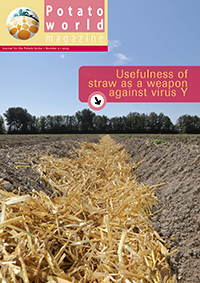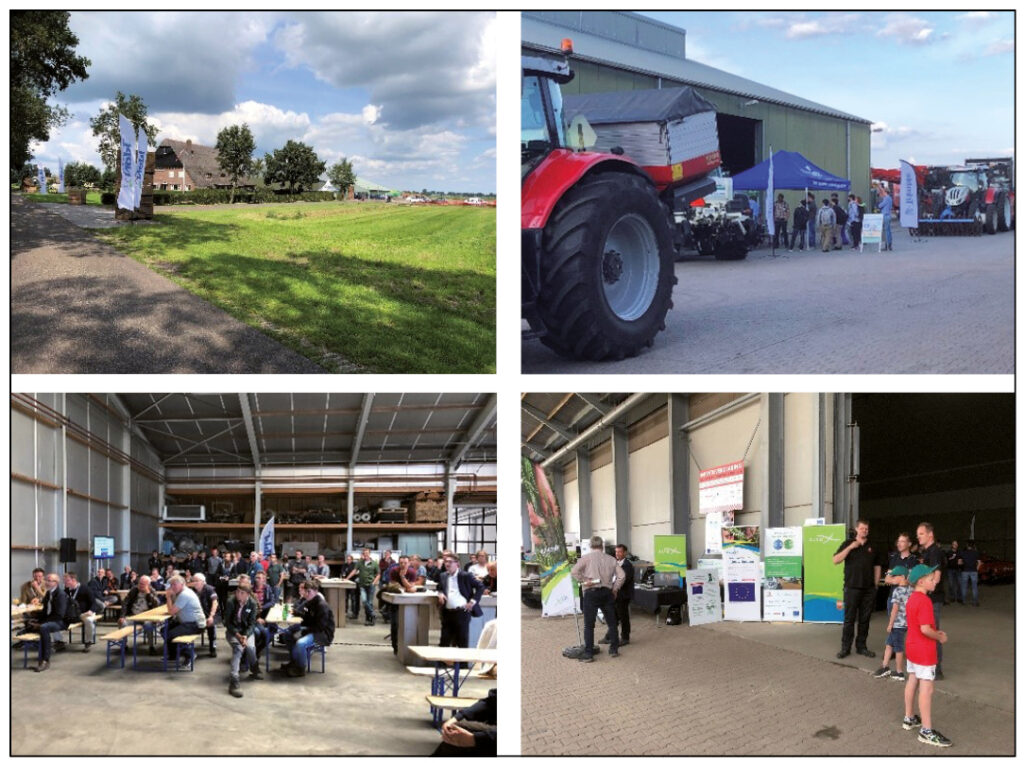Already a subscriber? Activate your premium account

Potatoworld Magazine

Precision agriculture (PA) is a farming management concept based on observing, measuring and responding to inter and intra-field variability in crops. How do we bring it to the next level beyond ‘simple’ variable rate applications? We have to solve technical and organisational issues. Otherwise, the big promise of smart data use in AgriFood will only partly be met.
End of August, four events of NPPL and PCvPL took place on farms in The Netherlands to demonstrate advances in application of precision farming. Progress of several variable rate applications (VRA)of seeds and other inputs (water, nutrients, pesticides) in arable, roughage and flower bulb crops were presented by more than 50 companies and knowledge institutes. The farms owners confirmed that they get better results by applying data, knowledge and technology in optimization of specific crop interventions, such as seeding, weed control, nutrient application, crop protection and irrigation. They all want to go beyond VRA with data generated on their farms, but they lack the tools to do so. They foresee better strategic and tactical farming decision for sustainable farming if they have the tools for smart data use.
Why do we make so little progress with smart farming besides VRA? What limits, is that the required data to do so is scattered over many different data portals and platforms from other parties. Only in The Netherlands we easily count 20 major agricultural data platforms, and this number is growing every month. Worldwide, this number is easily 10 times bigger, if only looking at what was presented at ECPA in Budapest last July. The data farmers want to use, are temporal and spatial time series of soil, crop, yield, climate, biodiversity (pests, natural enemies and nature-inclusiveness) and crop management activities/interventions generated with different sensors on their farms. And they want to link with public data sources. Because data is stored on so many different portals and platforms, interoperability of the data is generally poor. It takes too much time and costs to bring the data together in a way that new information for strategic and tactical decision can be made with it. We even see that this is too difficult for knowledge institutes and service companies who want to generate new information for farmers and stakeholders. It is only economic for very large farms (10.000 ha or more) with a small number of crops.

How can we change the situation to the better? Several studies have shown the limitation that poor interoperability of data limits large scale use of data (see e.g. Precisielandbouw-4.0 report referenced). We have to organize better interoperability and sovereignty of data. Compliance with ICT standards, data space architectural principles and code of conducts for data use on farms is a must. Initiatives like AgriRouter help to make the required connections between portals and platforms that comply with standards, principles and sovereignty. Data ownership is less relevant than rights of use: the farmer should have the tools that he or she can decide if and with whom to share data generated on his or her farm, and under which conditions. If we are not able to organize this, then the promise of smart data use in agriculture contributing to more sustainable AgriFood is still far away. Only a few data platforms have the farmer central approach, but they are a minority so far (see FarmMaps and FarmCube initiatives).

The aforementioned improvement of the farmer’s data space is not only relevant for development of smart data use in AgriFood. Exchange of data between farms and governments should be improved too and requires the same kind of data space. In the future, farmers will have to show with data more and more that they comply with regulations on pesticides, nutrients, water and biodiversity. And for that they need similar, simple, trusted and cost-effective control farmer’s data spaces.
A major public-private intervention is needed if we want the improvement soon. ●
Dr. Ir. Corné Kempenaar
WUR & Aeres
Events
©2015 - 2024 Potatoworld | Webdesign and realisation COMMPRO